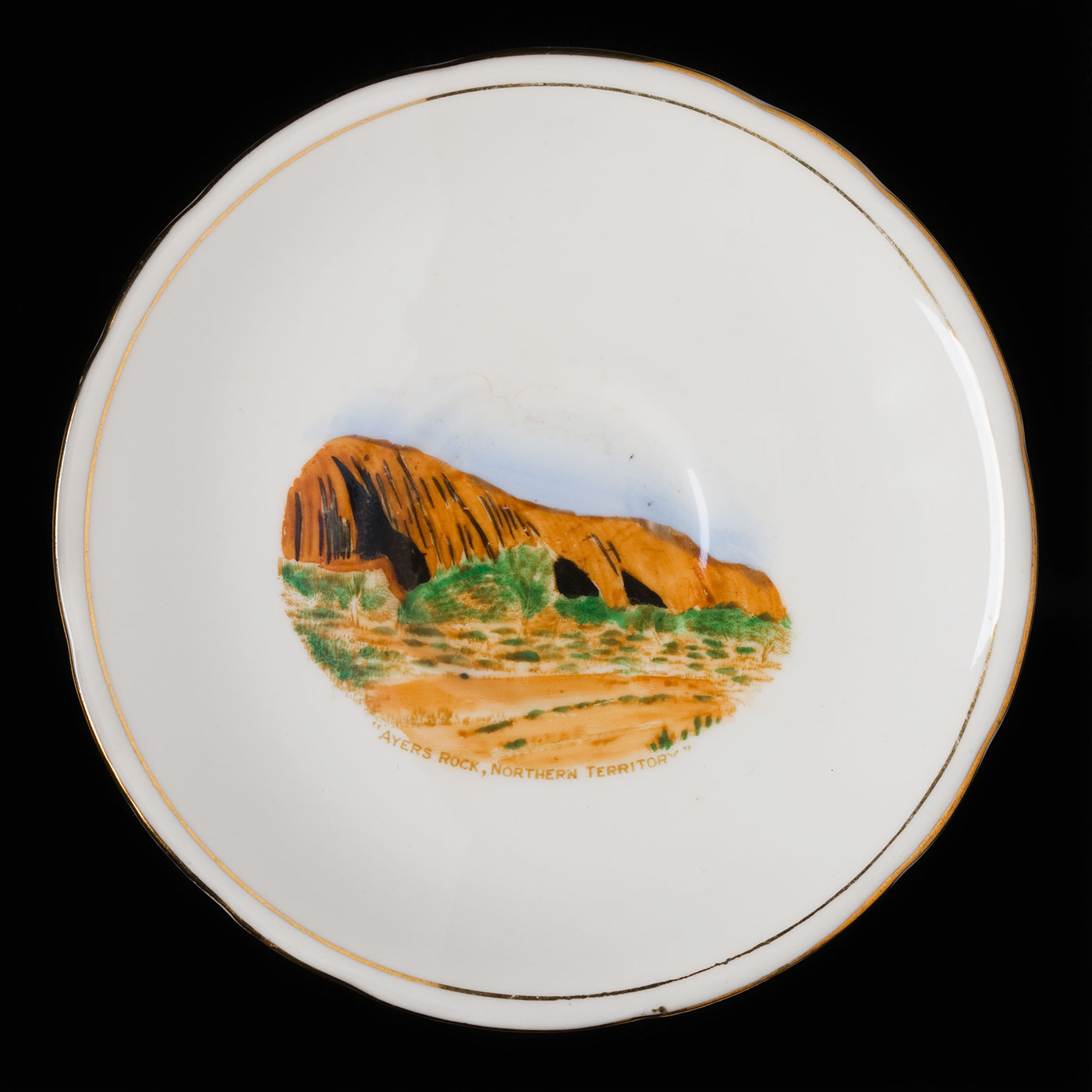Located in the heart of the continent, Uluru is one of Australia’s most recognisable landmarks – a red sandstone monolith that rises 348 metres above the desert. It is a natural wonder, a symbol of Aboriginal land rights and a source of spiritual connection with the continent. For the Anangu people of Central Australia, Uluru is a sacred place.
Uluru has been a widely recognised symbol of Australia since the 1980s, when it became one of the country’s most popular tourist destinations. Climbing the rock was seen by many as an integral part of their visit, but it was always discouraged by the Anangu people. Climbing Uluru was banned in 2019.
More on Uluru
The deeds for the Uluru-Kata Tjuta National Park were handed back to the Anangu people in 1985.
History of Uluru
For the traditional owners, the Anangu people, Uluru has been there forever. Both Uluru and the nearby rock feature of Kata Tjuta show physical evidence of feats performed during the creation period that are told in the Tjukurpa stories.

The centre of Australia represented a challenge for colonial explorers, who named the monolith Ayers Rock, after early colonial official Sir Henry Ayers.
From the 1930s artists such as Hans Heysen, Albert Namatjira and Sidney Nolan helped to transform Australia’s ‘dead heart’ to the ‘Red Centre’.
Return to traditional owners
Tourists were drawn to the beauty of Central Australia and as physical access improved, the number of local and international visitors grew.
In 1985, after lengthy negotiations, the Australian Government handed joint management and the land title of Uluru back to the Anangu people on the condition they lease it to the Australian National Parks and Wildlife Service.
This was an effort to balance tourism interests with cultural needs. It was a controversial decision and did not pass without protest from the Northern Territory Government and tourism interests.
Closing the Uluru climb
In November 2017 the Uluru-Kata Tjuta National Park Management Board announced that Uluru would be permanently closed for climbing, giving visitors two years’ notice. Again the decision was controversial in some quarters.
On Saturday 26 October 2019 Uluru was closed for climbing, commemorating 34 years since Uluru was handed back to the Anangu.
In our collection






